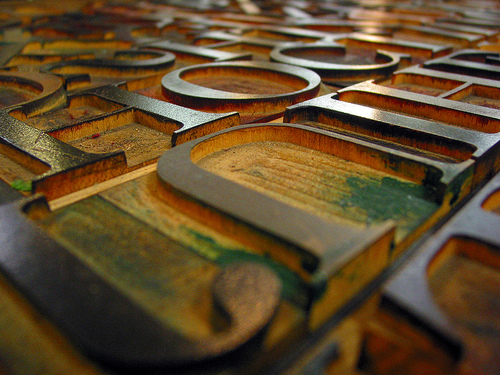
When technology advances, art follows. Typography has been an art form that is in constant flux due to new advances in technology.
Whenever a new technology becomes available, type forms change to accommodate the technology. We began to see this in woodtype prints and leterpress machines where individual letters would be placed next to each other to form words.
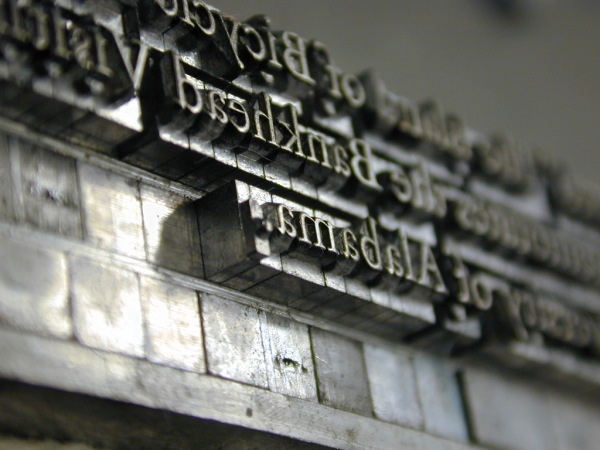
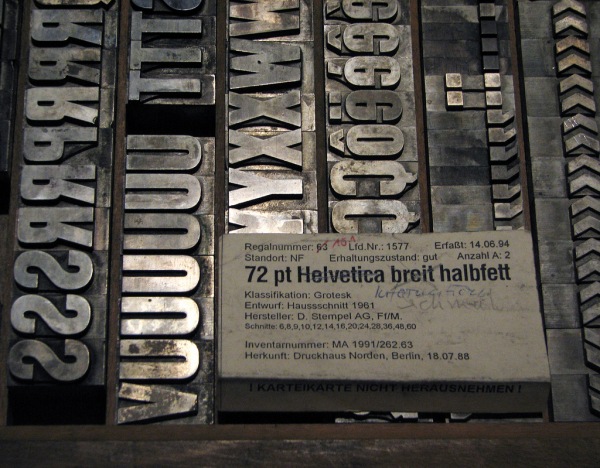
Offset printing and Digital printing followed which made the whole process a lot more efficient and less time consuming.
The age of the computer lead to an explosion of typefaces including some that did not follow the traditional type design and some that adjusted to the new technology.
Mobile phones and laptops lead to a need for type that would be clearly displayed on the low resolutions screens. The solution was pixel typefaces.
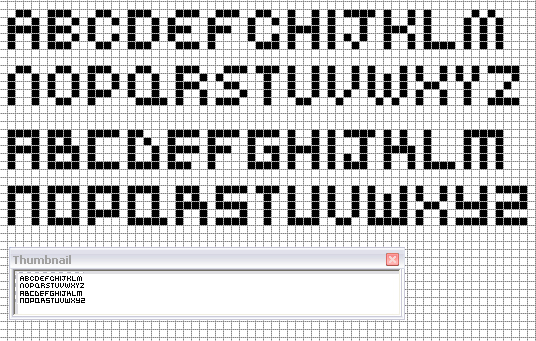
The evolution of type took a turn to the opposite direction due to a desire to have more organic and expressive design in typefaces.
Sagmeister is one of many designers who began to experiment with type in unique ways.
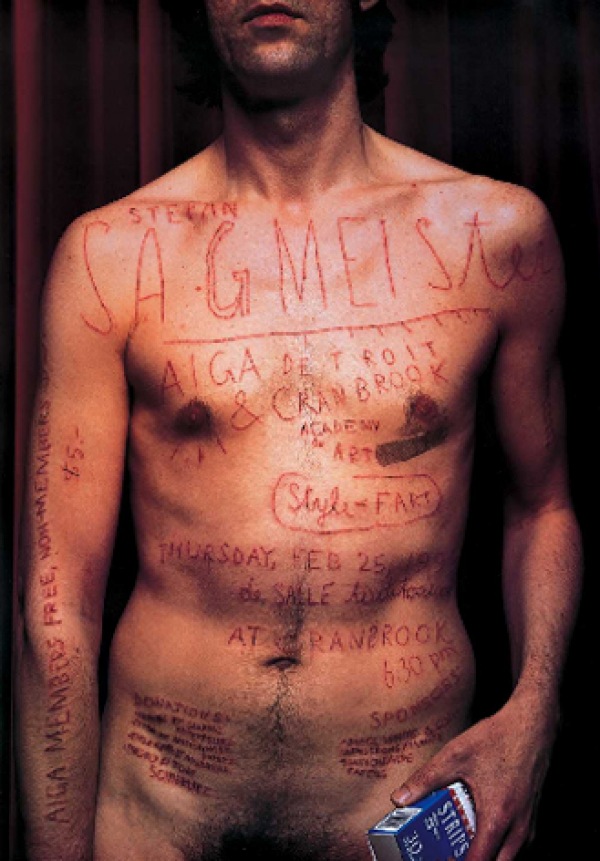
In a way Sagmeister consciously rejected technology. Other artists and designers decided to embrace technology.
I few months back I wrote about Bio Art and since, I have seen many projects that could be added to the genera. A project that I find to be in the fore front of innovation came in the simple form of a magazine cover.
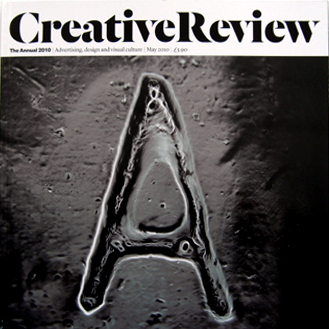
The cover of May’s edition of Creative Review is the letter “A” with what seems like a cool Photoshop effect. If you take a closer look, you will notice that it is actually a microscopic photograph of the letter etch in a metallic surface; which happens to be aluminum.
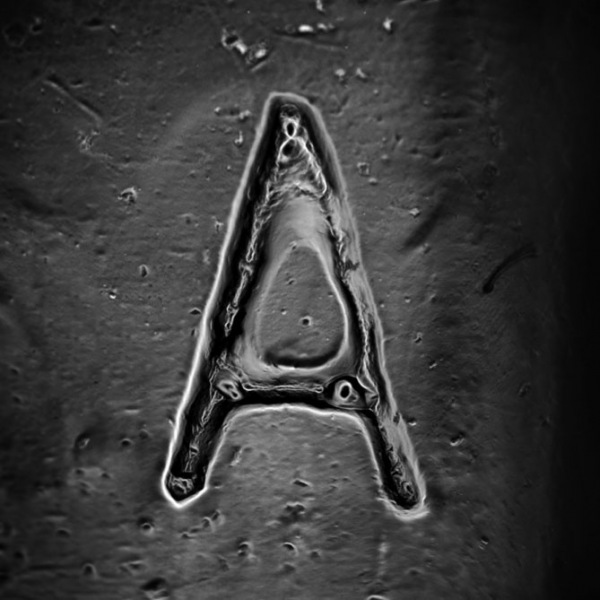
The beautiful images of the type where generated by the collaboration of Craig Ward and Frank Conrad.
Mr. Ward initially experimented with different materials such as plastics and various types of molds that would eventually serve as skeletons for pollen cells to grow.
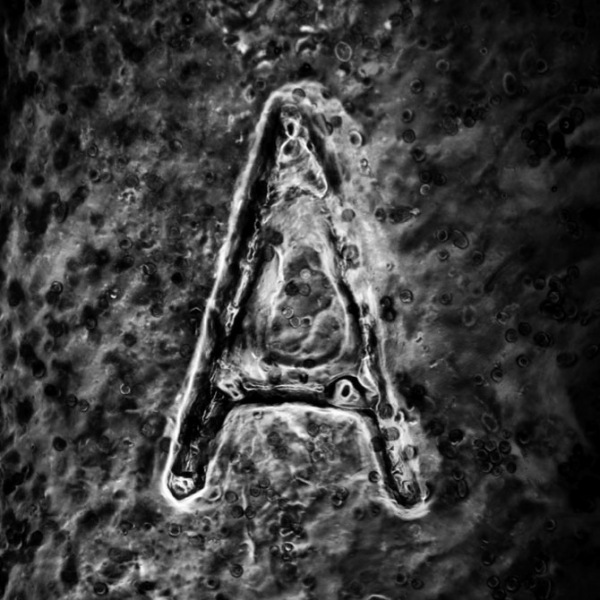
The result is unique imagery that was created by experimenting with materials, technology and cellular forms to generate art.
As we keep innovating and technology become more accessible by artists and designers we will see more projects like these. We can even predict that one day we will even have robots that specialize in the display of type… oh wait, such a robot exists already thanks to fellow ITPer Rob Seward.
Four Letter Words from Rob Seward on Vimeo.
Technology has shifted the way that art and design are viewed. Creativity comes from new inspirations and we can expect to see more appropriation of these breakthroughs into our everyday life.